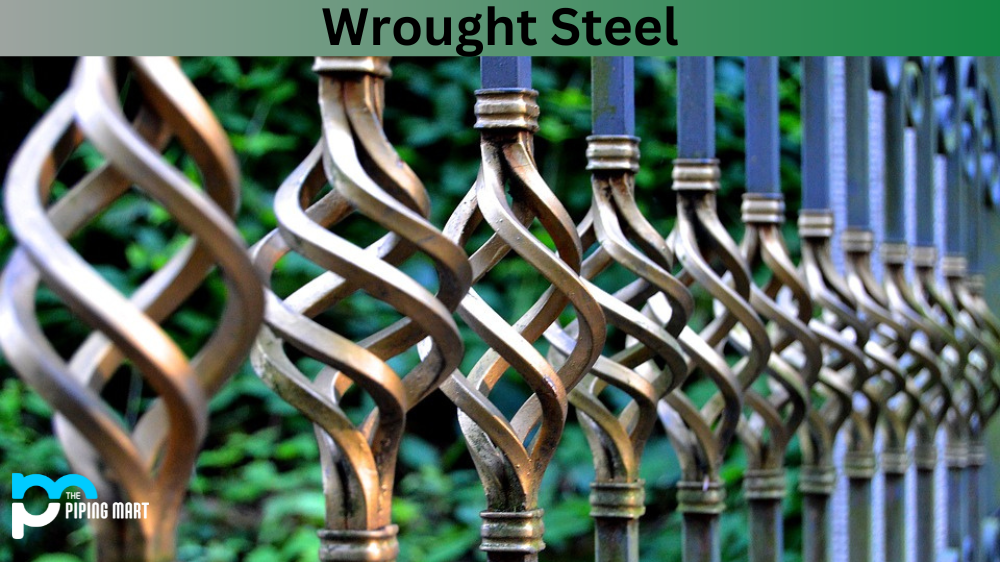When choosing between different types of materials to ensure the safety and effectiveness of a particular product, it is important to pay close attention to the details. Two commonly used materials in manufacturing industrial fasteners are ASTM A194 and A536. While the names may seem similar, it is essential to understand the differences between the two. This blog post will explore the key differences between ASTM A194 and A536 to help you make the best decision for your specific application.
Difference Between ASTM A194 and A536
Composition
One of the biggest differences between ASTM A194 and A536 is their composition. ASTM A194 is a high-pressure and high-temperature material used to manufacture commercial and industrial bolts. It is typically made of carbon, alloy, and stainless steel and is used primarily for high-temperature and high-pressure applications. On the other hand, A536 is a type of ductile iron used for applications that require high strength and ductility along with good corrosion resistance.
Mechanical Properties
The mechanical properties of ASTM A194 and A536 also differ significantly. ASTM A194 has a high tensile strength and is often used for applications that require high tensile strength and stress resistance. This material is typically used as a structural component in construction. A536, on the other hand, is commonly used in manufacturing components with high strength requirements, such as automotive parts and gears.
Application
The specific application of a product will determine which material is most appropriate. ASTM A194 is more suitable for high-pressure and high-temperature applications, such as boilers, piping, and pressure vessels. It is also used for manufacturing nuts and bolts, which are used to construct bridges and buildings. A536 is commonly used for applications requiring high strength and ductility, such as automotive and aerospace components.
Corrosion Resistance
When it comes to corrosion resistance, both ASTM A194 and A536 have unique properties. ASTM A194 is a stainless steel material that is highly resistant to corrosion thanks to its high chromium content. This makes it a popular choice for use in industries with a high risk of corrosion, such as the marine or oil and gas industries. A536 has a good resistance against rust, but compared to A194, it is significantly lower.
Cost
Lastly, the cost of the materials is another factor to consider. ASTM A194 is typically more expensive than A536 due to its high raw materials cost. While A536 is usually less expensive, it does offer a similar level of strength and flexibility as ASTM A194. Still, it wouldn’t be a suitable alternative to A194 in high-temperature or pressure situations.
Conclusion
Overall, ASTM A194 and A536 are valuable materials for industrial applications but have different properties and features. When selecting between them, it is important to consider the specific requirements of your application to ensure that you select the most appropriate option. From the information provided above, it is clear that the material you choose will depend on various factors, such as cost, composition, mechanical properties, application, and corrosion resistance. By taking the time to understand the differences between the two, you can make an informed decision on which material to use that will help you achieve optimal results.

Hey, I’m Krutik, a casual blogger expert in the metal industry. I am passionate about providing valuable information to my readers. With a background in engineering and construction, I like playing Cricket & watching Netflix shows in my free time. Thank you for visiting my blog, and I hope you find my information helpful!




